10 Top tips for maintaining your hydraulic system
Our latest blog looks at 10 top tips for maintaining your hydraulic system. If your business uses a hydraulic system, you’ll already know the importance of keeping it working efficiently. A faulty or damaged system leads to downtime, which is, of course, bad for business productivity. Whatever industry you work in, you’ll need to keep…
Our latest blog looks at 10 top tips for maintaining your hydraulic system.
If your business uses a hydraulic system, you’ll already know the importance of keeping it working efficiently. A faulty or damaged system leads to downtime, which is, of course, bad for business productivity. Whatever industry you work in, you’ll need to keep your hydraulic system in good working order so that your operations don’t unexpectedly grind to a halt, costing you precious time and money.
Preventative maintenance is undoubtedly the best way to keep your hydraulic system running safely and smoothly, particularly as complete replacements are expensive. However, regularly maintaining your own hydraulic system can swallow up vital working time and, if done incorrectly, even greater problems can occur and result in costly consequences.
We’ve got together our 10 top tips on how to maintain your hydraulic system which will hopefully spare you any downtime.
- Oil Maintenance
Keep a consistent schedule for checking the condition of your hydraulic fluid. It needs to remain clean and free of any contaminants. You can help minimize the risk of contamination by keeping the area around entry points, like dipsticks and fuel plugs, clear of dust and debris. Maintaining fluid levels and checking filters is also important here.
- Change Filters Regularly
Visually inspecting hydraulic fluid can’t alert you to all pollutants and the filters won’t always show them either. Filters take on the task of removing these particles so they need to be replaced according to schedule.
- Regular Hydraulic Lines Check-Up
Fluctuations in pressure or line thickness can lead to problems. Ballooned lines are the result of excessive pressure from the cylinder which can cause high-pressure fluid to pass and wear out the seals. Regularly inspect the condition of the lines and make sure they are not ballooning.
- Inspect Fluid Levels
For optimal functioning, you must watch your fluid levels, adding to them as needed. Too little hydraulic fluid can damage your pumps. Be careful not to mix oils and to meet the specifications given by the manufacturer.
- Visually Check All Pipes, Pipe Connections and System Hoses
If hoses are pinched, kinked, frayed, bubbling, stretched or otherwise damaged, they can restrict the flow of fluid or lead to pressure leaks. Most of these problems are visible from the outside, but you’ll also have to watch for issues that could indicate internal wear that could potentially clog a hose.
Check pipes, fittings and couplers as well. Look for any dents or corrosion on pipes. Fittings should be snug, but not overly tight, and couplers need to stay clean, to prevent contamination.
- Check the System Temperature
If your system temperature gets too hot, it could indicate an issue with your cooler or relief valve. Low fluid levels could also contribute to heat. Use built-in or infrared thermometers to check temperatures.
- Listen to the Pumps
Listening to the pumps gives you an idea of cavitation that may be present. While similar to aeration, cavitation is the result of gas bubbles experiencing rapid changes in pressure. They implode and cause miniature shock waves. These generate wear and repeated stress on the metal surfaces, damaging the components. Cavitation and aeration have similar causes.
If a pump is cavitating, it will release a high-pitched whining sound.
- Inspect a Sample of Hydraulic Fluid
To check your fluid for quality, take a small sample and inspect it. Do a quick visual inspection for colour abnormalities and visible contaminants. You may also want to inspect for any unusual odours. Performing a contamination test can offer a more accurate review of the fluid’s qualities. It offers detailed findings for particle contamination, water contamination, viscosity, acidity and signs of overheating.
- Check Breather Caps, Fill Screens and Breather Filters
Breathers must be kept clean or risk contaminating the hydraulic system. Clean the breather regularly and make sure it does not have any holes or tears.
- Inspect Filter Indicators
Most filters have pop-out buttons that trigger when it is clogged. Check for any of these indications and replace the filters as needed.
For more information on how to maintain your hydraulic systems, why not get in touch with our team? You can contact us by emailing hos@hos.co.uk or use our online contact form.


